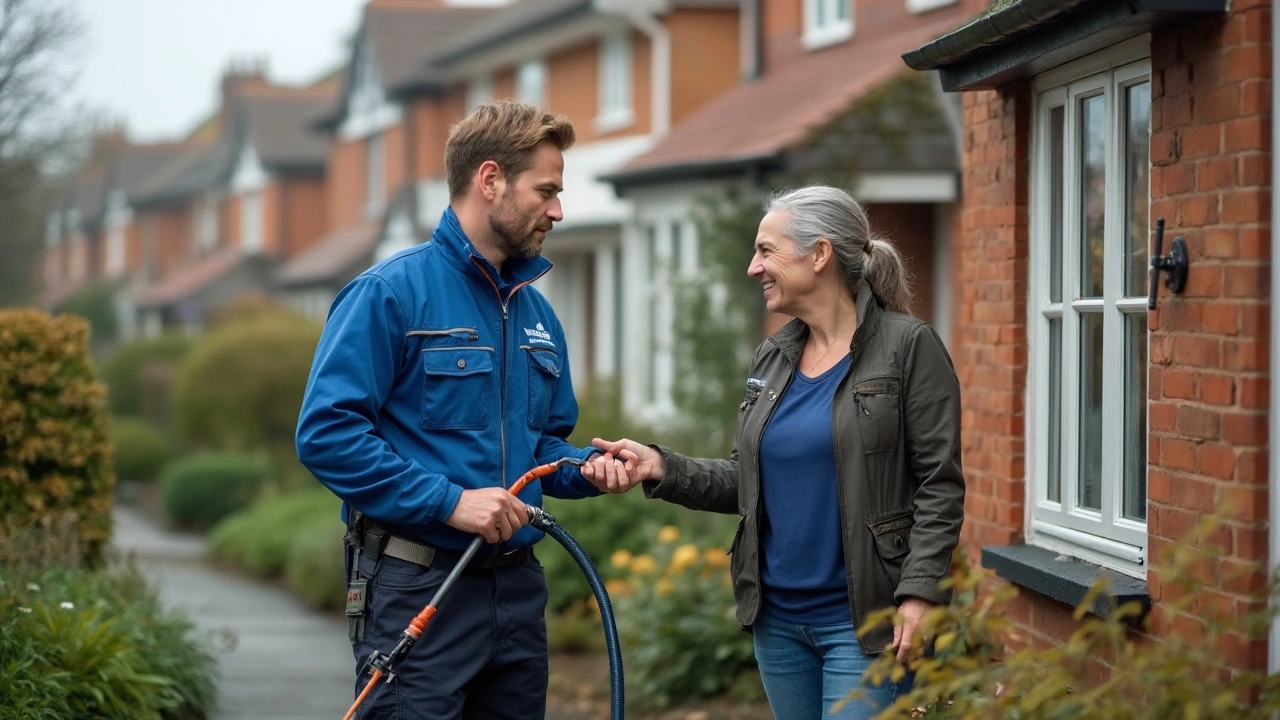Customer Water: The Secret Behind Streak‑Free Windows
When you watch a pro clean a window, you might think it’s all about the spray bottle, but the water they use plays a huge role. The right mix can cut grime, prevent streaks, and leave glass looking like new. Let’s break down what goes into that water and how you can copy it without spending a fortune.
What’s in the Professional Water Mix?
Most window cleaners start with clean, filtered water. Hard water leaves mineral spots, so many companies run water through a filter or use distilled water. Then they add a small amount of commercial cleaning solution – usually a pH‑balanced, low‑foaming formula designed to lift dirt without leaving residue. The ratio is often 1‑2 % concentrate to 98‑99 % water, which keeps the mix gentle on the glass and the surrounding frames.
Why This Mix Beats Plain Water or DIY Mixes
Pure tap water can cause cloudy spots because of calcium and magnesium. Plain vinegar is a popular DIY fix, but it can etch delicate surfaces if used undiluted. The professional blend balances cleaning power with safety: the solution breaks down grease and grime, while the filtered water stops hard‑water marks. The result is a clean surface that dries quickly, leaving no streaks.
Another advantage is consistency. When you use a measured mix, every bucket delivers the same performance. That consistency is why cleaning crews can finish jobs faster and with fewer complaints from customers.
If you want similar results at home, start by buying a small bottle of a reputable window‑cleaning concentrate. Look for terms like “non‑acidic,” “low‑foam,” and “eco‑friendly.” Mix according to the label – usually a capful per gallon of water – and use a clean, soft‑cloth or a microfiber mop.
Don’t forget to test the water on a small pane first. This checks for any reaction with your glass or frame. If you notice any spotting, switch to distilled water or add a tiny pinch of vinegar to the mix, but keep the vinegar under 5 % of the total volume.
When you spray the solution, work from top to bottom. This way, any drips run over already cleaned areas, reducing streaks. Use a squeegee with a fresh blade for a smooth finish, and wipe the edges with a dry microfiber towel.
In short, the secret sauce is simple: filtered water + a tiny amount of professional‑grade cleaner. It’s affordable, easy to mix, and gives you the same sparkle you see on a commercial job.
Next time you’re prepping for a cleaning session, skip the cheap glass cleaner and try the pro water mix. You’ll see the difference right away – no streaks, no spots, just crystal‑clear windows that make your space feel brighter.

Pressure Washing: Do You Use the Customer's Water?
Ever wondered if pressure washing companies use your water or bring their own? This article explains how water supply works for pressure washing jobs, who usually pays for the water, and what you should ask before hiring someone. It also covers how much water is used and tips to avoid surprises on your bill. No jargon, just straight answers and practical advice.
Read More